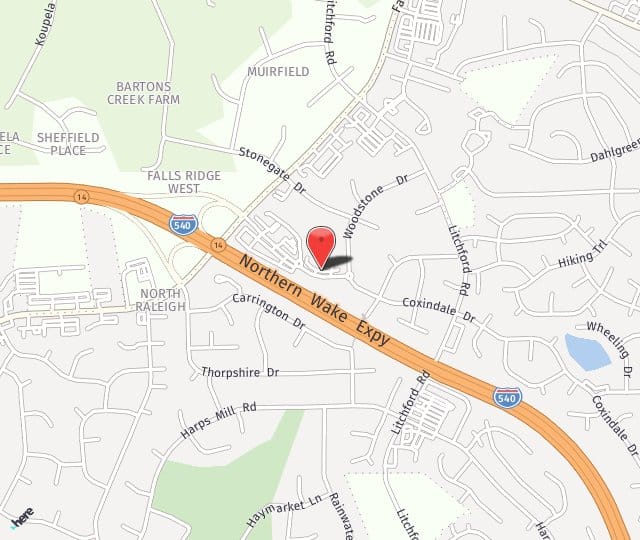Varicose veins are enlarged, twisted veins that you can see just under the skin. They usually occur in the legs but can also form in other parts of the body. Varicose veins affect both men and women. According to The National Institutes of Health, a quarter of patients who suffer from this condition are men. Regardless of gender, however, varicose veins can be a serious problem requiring medical intervention.
Varicose veins are the result of weakened or damaged valves. These weaknesses in the veins may be congenital or may occur as a result of precipitating events or lifestyle habits. If the valves do not function properly, blood can reverse and pool in the veins. This causes the veins to swell, which can lead to varicose veins. This condition is known as venous insufficiency. When damaged valves are unable to keep blood moving in the proper direction, a backflow results; this condition is referred to as venous reflux.
Risks Factors for Varicose Veins
Risk factors for developing varicose veins are varied and some are gender-related. These risk factors include:
- Pregnancy
- Oral contraceptives
- Aging
- Congenital weakness in veins
- Obesity
- Family history of the vascular disease
Many individuals are at greater risk because of their occupations or habits. People whose work requires them to sit or stand for prolonged periods, such as teachers, are more likely to develop varicose veins. The same is true of those who spend a great deal of time in sedentary travel, whether as a driver or passenger.
Symptoms of Varicose Veins
Patients with varicose veins may develop aching, throbbing, cramping, swelling, and other symptoms that may indicate a need for medical attention. The symptoms of varicose veins may include:
- Large swollen veins
- Swelling, usually of the feet, ankle or leg
- Pain, aching, throbbing or cramping in the legs
- Heaviness in the legs
- Itching in the lower leg or ankle
- Discoloration of skin
Although varicose veins are most frequently found in the legs, they can also occur in other areas, such as the pelvis, vagina, uterus, esophagus or anus.
Treatment of Varicose Veins
There are many treatment options available for varicose veins, depending on the severity of the individual case. These treatment possibilities may include:
Home Treatment
When varicose veins are mild, they may be successfully treated by the patient at home. Home treatment may include getting plenty of exercise, avoiding long periods of sitting or standing and elevating the legs when at rest.
Compression Stockings
The compression of these garments may provide symptomatic relief and slow disease progression. Compression stockings alone, however, will not remove varicose veins.
Medical Sclerotherapy
In this procedure a foam sclerosant is injected into the vein typically under ultra sound guidance. The foam causes the varicose vein to close and stop carrying blood. Sclerotherapy does not require an anesthetic, and is performed in about one hour with little or no discomfort.
Endovenous Laser Treatment (EVLT)
During EVLT, a laser fiber is threaded along the course of the diseased vein and the fiber is pulled out slowly, resulting in closure of the vein. This is an outpatient procedure done with topical or local anesthesia, and takes about 45 minutes with minimal downtime. Immediately after the procedure, the patient can drive home, return to work, and resume a normal routine.
Microphlebectomy
Small punctures are made along the course of the vien and the vein is removed in segments. This surgical puncture is closed by steri strip.
Venaseal
Varithena
Prevention of Varicose Veins
While some individuals may develop varicose veins regardless of maintaining a healthy lifestyle, there are steps that can be taken to lower one's risk. These preventative measures include maintaining a healthy weight, exercising regularly, taking frequent breaks from sitting or standing, and elevating the legs while at rest.
Additional Resources
- MedlinePlus
- National Institutes of Health
- American College of Phlebology
- Society for Vascular Surgery
- National Heart, Lung and Blood Institute
- Centers for Disease Control and Prevention
- Eunice Kennedy Shriver National Institute of Child Health and Human Development
- U.S. Department of Health & Human Services
- WebMD
